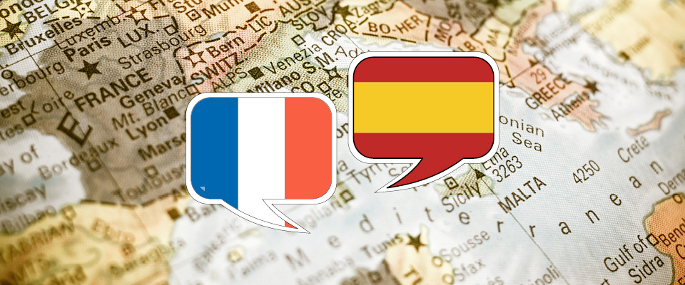The process of French translations is not simply. It is about switching words from one language to another. Translating from French to Spanish requires not only a deep understanding of vocabulary and grammar but also strong cultural and contextual sensitivity. Each language has its own way of structuring sentences, expressing ideas, and using idiomatic expressions, which makes translation as much an art as a science.
What makes French translations complex?
French is a language full of nuance, with grammatical constructions that often don’t have a direct equivalent in Spanish. Some of the most challenging aspects include:
- Prepositions: In French, the use of prepositions can be very different from Spanish, which may lead to confusion. For example, “penser à quelqu’un” (to think of someone) and “penser de quelque chose” (to have an opinion about something) have subtle differences that can be lost in translation.
- Verb tenses: French uses tenses like passé composé and imparfait in specific ways that don’t always align with Spanish verb usage.
- Word order: While French and Spanish share similar sentence structures, there are cases where the word order differs, and a literal translation might sound unnatural.

Common mistakes in French translations
Poor French translations can completely alter the meaning of a sentence or make a text sound awkward. Some frequent errors include:
Literal translations
Word-for-word translations often result in grammatical mistakes or nonsensical sentences. For example:
- “Il fait froid” should be translated as “Hace frío,” not “Él hace frío.”
- “J’ai 30 ans” means “Tengo 30 años,” and although “Yo tengo 30 años” is grammatically correct, it may sound odd in some contexts.
Pronoun and possessive confusion
French uses pronouns and possessives differently than Spanish. For instance, “Je me lave les mains” translates to “Me lavo las manos,” but a wrong version would be “Me lavo mis manos.”
Tone and style adaptation
French tends to be more formal in many situations compared to Spanish. Phrases in official documents, emails, or speeches can sound too rigid if translated without adapting the tone.
Context matters
One of the most common mistakes in French translations is ignoring the context. French words can have multiple meanings depending on the situation.
For example, “chaud” can mean “hot,” but also “attractive” depending on the context. Another example is “voler,” which can mean both “to fly” and “to steal,” leading to confusion in rushed translations.
It’s essential to interpret meaning beyond words and adapt it to Spanish context to avoid communication errors.
When French translations fail
Machine translation tools can be useful, but they have serious limitations when it comes to complex texts. Some cases where automatic translation often fails include:
- Technical or legal texts: where a misinterpretation can change the legal meaning of the document.
- Literature: where literal translation can ruin metaphors and narrative style.
- Marketing and advertising: where it’s essential to adapt the message to the culture of the target audience.

The importance of professional French translations
A human translator can capture details that machines cannot. Professional translators not only master the language but also understand the cultural nuances and the purpose of the text. This is key for:
- Ensuring accuracy in legal and official documents.
- Preserving style and intent in literary translations.
- Adapting messaging in advertising and marketing content.
In a world where global communication is essential, expert French translations are the best way to avoid misunderstandings and create natural, effective texts.
That’s why at Max Translation, with over 15 years of experience, we guarantee the best translations. Contact us today and get your free quote with no obligation.



